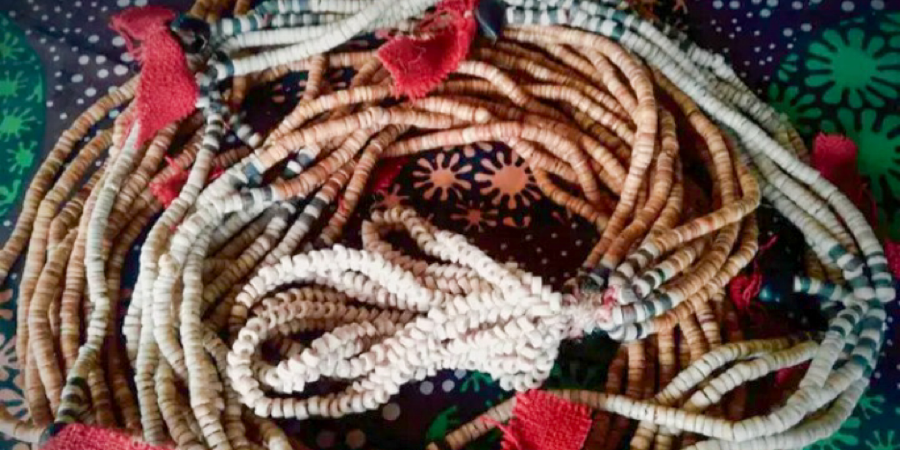“Some of the most valued traditional money on Guadalcanal is now lost,” says local Chief Ben Misu.
The Chief of Tandai explained that only a few pieces remain in certain parts of Guadalcanal, while others have completely disappeared.
“The six most highly valued traditional shell monies our forefathers used to resolve conflicts were Matepuka, Matabala, Pohabuto, Chautsege, Kesa, and Malona,” he said.
These traditional currencies were used for various purposes and held great significance in the past. However, the most commonly used form of shell money on Guadalcanal was the Chausangavulo.
“Chausangavulo consists of 10 strings on both sides and is 16 feet long. In the past, it was valued at SBD$400, but with today’s conversion, it is worth approximately SBD$10,000. It was primarily used as compensation for a life lost—should a man kill another man,” said the 62-year-old chief.
He noted that only a few communities, such as Komivaulu in South Guadalcanal, still possess and use the original forms of traditional shell money.
According to Misu, the shell money now used in Guadalcanal is no longer locally produced.
“People now trade raw shells with the Langalanga people, who have taken over the craft of shell money making for Guadalcanal,” he explained.
It is believed that the art of shell money production on Guadalcanal began to decline after the war. Today, the Langalanga people are widely recognized across the Solomon Islands for their expertise in shell money craftsmanship, with many families earning a sustainable income from the trade.
Loretta Wale, a shell money producer from Langalanga, confirmed that many Guadalcanal residents continue to trade with her for traditional shell money originally associated with their own island.
By Jimmy Nolan
Solomon Star, Honiara









